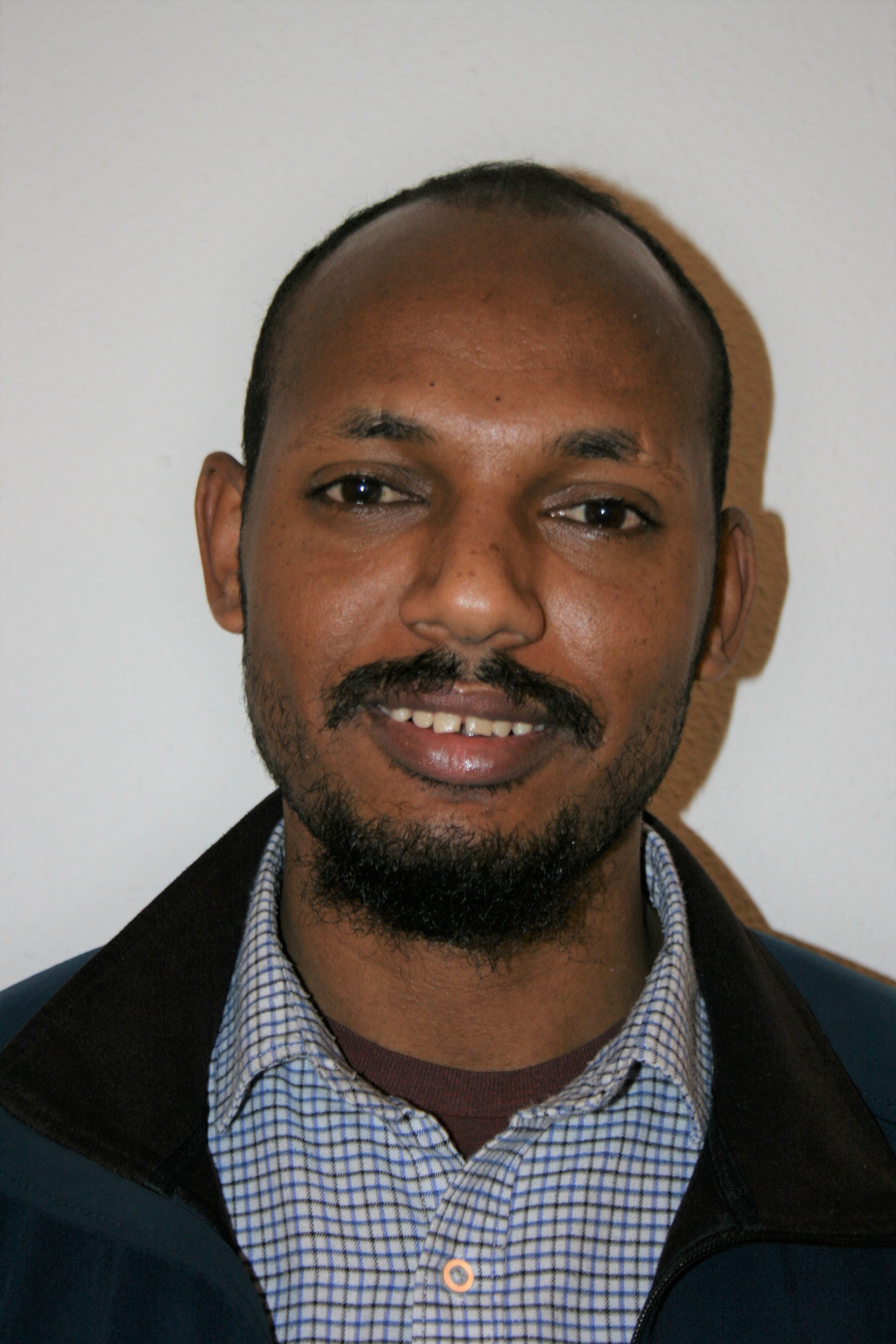MSc defence by Teka Nigussie Gebru
 Teka Nigussie Gebru from Ethiopia, MSc Fellow in Reservoir Engineering and Borehole Geophysics at the University of Iceland will defend his MSc project on Thursday 19th of January at 13:25-13:37 in Room N-132 in Askja building at University of Iceland. The presentation will be a part of the UI series "Open seminar at Masters-day of Natural Sciences" and will be 10-12 min long with 3 min allowance for questions.
Teka Nigussie Gebru from Ethiopia, MSc Fellow in Reservoir Engineering and Borehole Geophysics at the University of Iceland will defend his MSc project on Thursday 19th of January at 13:25-13:37 in Room N-132 in Askja building at University of Iceland. The presentation will be a part of the UI series "Open seminar at Masters-day of Natural Sciences" and will be 10-12 min long with 3 min allowance for questions.
The title of the project is:
Prediction of Injection-Induced Cooling using Tracer Test Data in the Hellisheiði Geothermal Field, SW Iceland Comparison of Numerical and Analytical Modelling Approaches
Teka's supervisors are:
Samuel Scott, University of Iceland
Guðni Axelsson, director of GRÓ GTP
Abstract
The Hellisheiði geothermal system is a fracture-controlled geothermal system located in the south part of the Hengill volcanic system in SW-Iceland. The bedrock mainly consists of a sequence of basaltic lavas, hyaloclastites and intrusions. Abundant extensional and transform faults reflect its location near a triple junction. The objective of this study is to construct a numerical reservoir model of the Hellisheiði geothermal system with a particular focus on reinjection-induced cooling in the Húsmúli subfield. A numerical model is calibrated using natural state temperature profiles as well as recent tracer data collected in 2019, and is used to predict magnitude and timescales of cooling due to long term reinjection. Using the dual porosity approach, the model is able to achieve a fairly good match to field data for three monitoring wells, (HE-31, HE-48, HE-48). The tracer flow in the numerical model constructed underscores the role of the NE oriented fault structures as the main conduits for tracer migration, and the role of transform structures as flow barriers. The models predict an annual temperature decrease of less than 1°C for wells HE-31 and HE-48. On the other hand, although very little tracer appeared in well HE-33 suggesting little risk of injection-induced cooling, the model suggests it may be affected by cooling due to cold water recharge from neighboring formations. Cooling predictions using one and three dimensional models are compared. Despite its unknown internal working principles, TRINV provides greater tracer simulation accuracy. This study outlined the importance of reinjection that not only builds pressure support but also helps to counter colder marginal recharge from surrounding formations.

